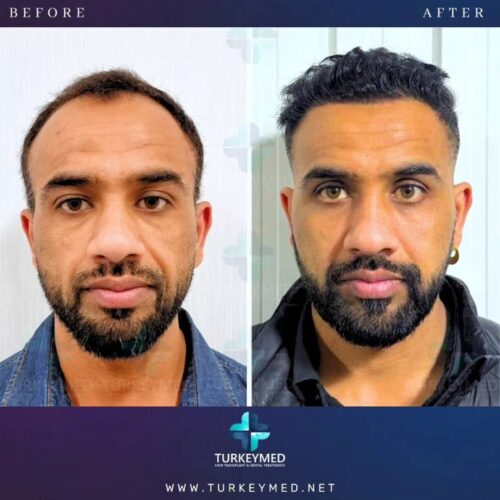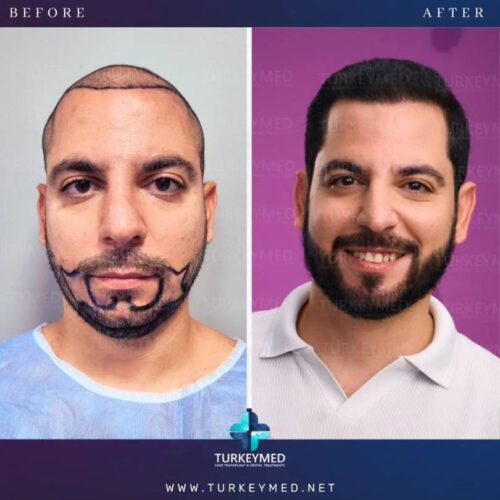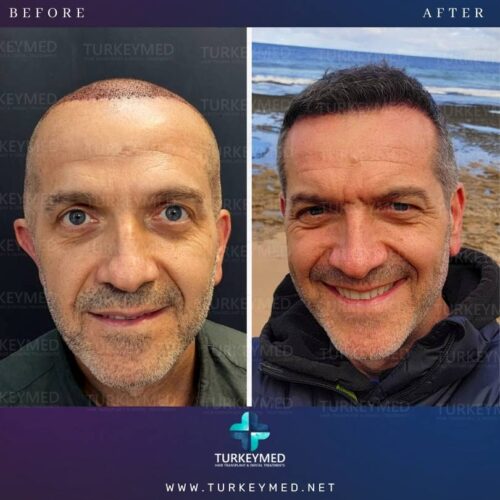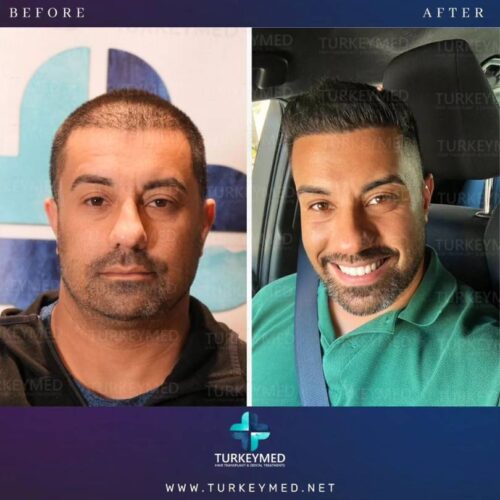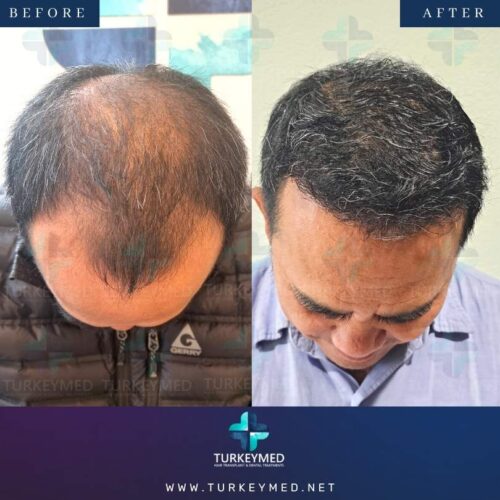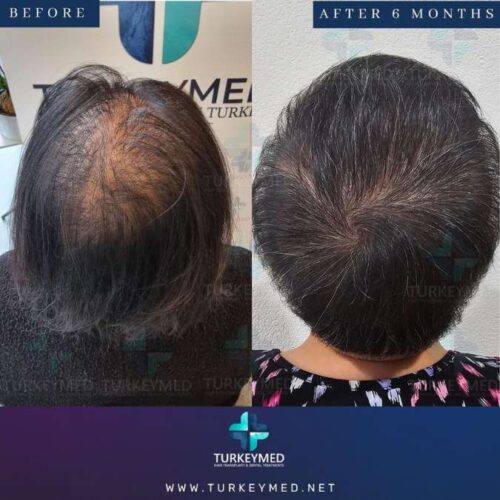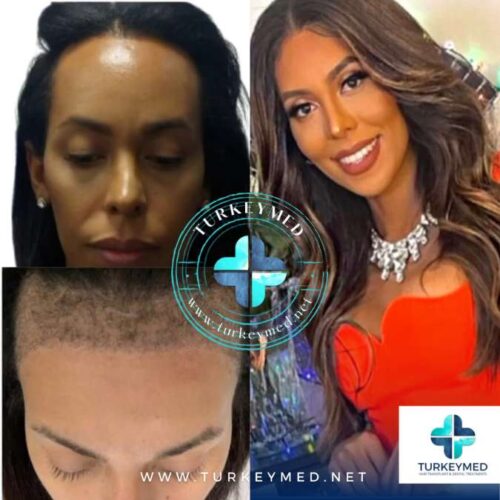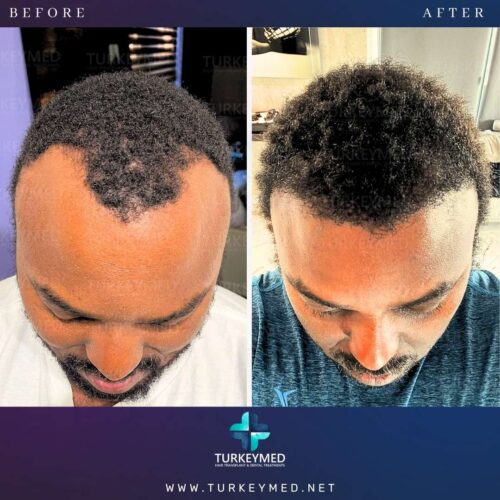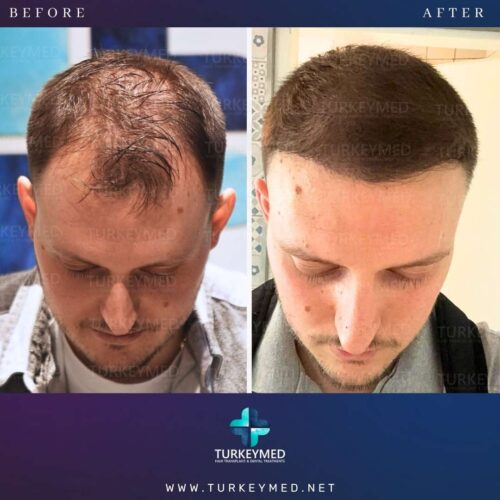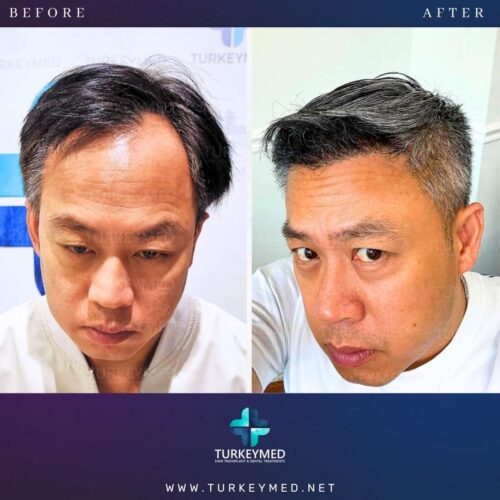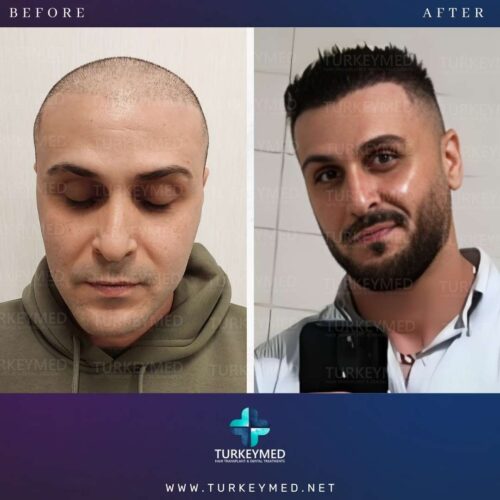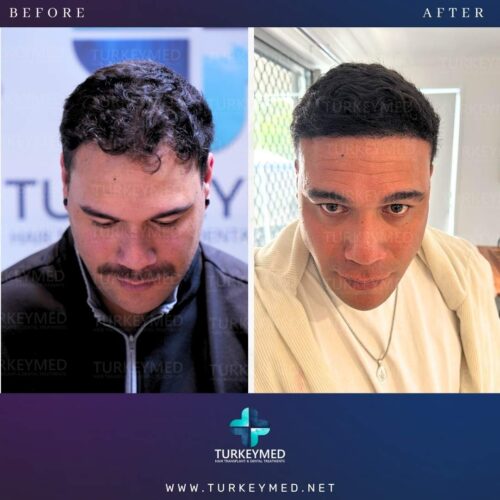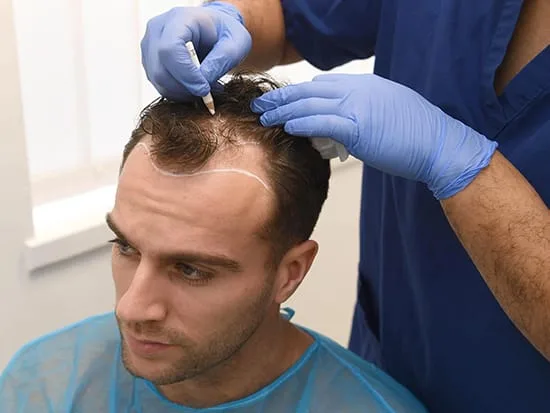
Front Hairline Design For Hair Transplant
Younger patients, in particular, often desire shaved or very short hairlines. Many people who have hair transplantation surgery do it because they want a hairline pattern comparable to that of the youngest age group in which they are statistically likely to be a statistical outlier. That said, not all age groups can fulfill this desire.
A more natural result may be achieved by establishing a hairline that is consistent with the individual’s age.
Keep in mind, first and foremost, that with today’s hair transplant methods, even very low, flat hairlines may be effectively restored. In particular, when “single” follicular units are used correctly and naturally in the frontal hairline. But it’s not always a good idea to accomplish something simply because it’s feasible.
Several issues arise when attempting to fashion very thin hairlines:
Hair loss is gradual, and there is a limited amount of donor follicles available to each patient. A patient may run out of grafts and lose the capacity to treat other sections of the scalp if they want a hairline that is too low and flat and hair loss persists in other places of the scalp. Too many grafts are used to reconstruct a low, flat hairline, and as a result, there are not enough follicles left over to restore the newly receded regions. This is known as “frontal loading,” and it is a serious issue.

Book A Free Consulatation
Transplanting hair is a permanent solution. Furthermore, a flatter, lower hairline may look nice on a younger patient but unnatural and unattractive on an older one. The goal of a healthy hairline is to make you appear nice at age 25 and 65. It is important to keep in mind that a hairline transplant will result in a permanent modification to the front of the head.
Inaccuracies in the hairline occur organically. Minor balding nonetheless leaves its victims with bumps, receding spots, and height discrepancies. An unnatural appearance might result from a hairline transplant if it is correctly shaped in a low, flat style.
In hair transplantation, a lower hairline may be made higher, but the opposite is not true. Once the patient’s hair loss has stabilized, a lower hairline may be achieved with little effort by doing subsequent transplants. To reverse a hairline that was originally set too low is a complex procedure with mixed results for the patient.
To get the finest results, however, you should start with a “age-appropriate” hairline. This defines a method that does not artificially alter the patient’s face but rather restores its natural proportions. The hairline that takes this into account will “age nicely” and still be fashionable when you’re 65.
The front hairline is an area that should get a lot of attention and planning. Because there is no “one size fits all” solution in the field of hair transplantation.

